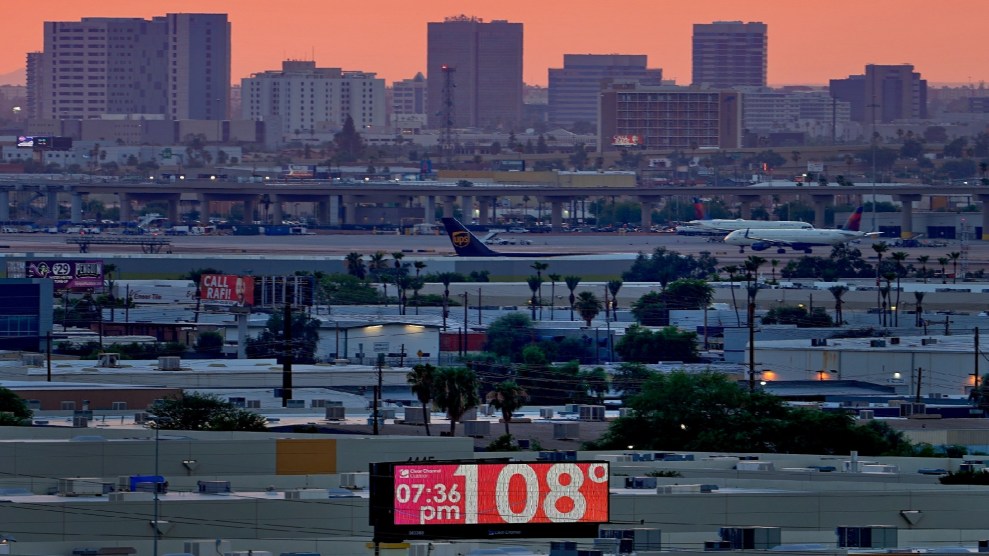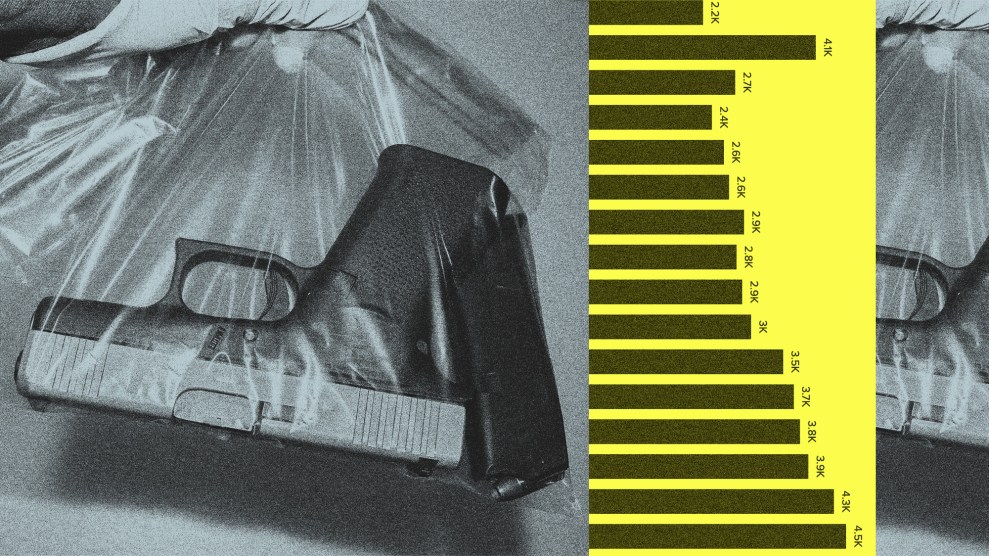In the wake of Hurricane Katrina, some 25,000 barrels of mixed crude oil spilled in St. Bernard Parish last year from a tank that floated off from its base at Murphy Oil Corp. Now residents are seeing residue in their groundwater, and tests show their soil iscontaminated with unusually high levels of diesel and arsenic. In the area around the spill, one-third of 53 soil samples showed diesel fuel content exceeding state regulations.
Up until now, little has been done to solve the problem. The Louisiana Bucket Brigade, a non-profit dedicated to monitoring oil refineries and chemical plants, says the EPA refuses to acknowledge the potential for these toxins to have a greater effect the community. According to LBB:
Seven months after Katrina, residents have received no information about the long term or immediate health impacts of contamination from the hurricane, including the Murphy Oil spill. Samples taken by the refinery and the government have been posted on a web site in an unintelligible format. The samples taken by St. Bernard residents in early March were a response to repeated citizen requests for information about contamination on their property.
According to St. Bernard residents, Murphy Oil is now refusing to clean the homes of some of the people with whom they have settled. They have also failed to give residents the results of soil samples taken on their property. The ongoing problems in dealing with the refinery necessitate a citizens’ organizing push.
The Bucket Brigade continues to give those residents that are near refineries EPA-approved buckets, which enable the community to test the levels of toxins in their air supply. But that doesn’t do anything to actually reduce the toxins. “The question is why aren’t the [EPA] and the [Louisiana] Department of Environmental Quality doing anything about it?” Bucket Brigade Director Anne Rolfes, said.
This latest discovery of soil toxicity adds to longstanding concerns about toxic exposure in New Orleans. According to the Louisiana Environmental Action Network, the sedimentary sludge that has settled in and around everyone’s homes is composed of “toxic heavy metals and the polynuclearomatic hydrocarbons both of which are cancer causing agents.” When EPA administrator Stephen Johnson was asked about the threat of these toxins, he acknowledged that the sludge contains harmful bacteria:
We know that that sediment contains bacteria. We know that in certain parts it contains high levels of petroleum products. People shouldn’t come into contact with that. So whether its 24 hours or 48 hours or two weeks still the message is: avoid contact with those kinds of materials…. And so EPA does not have any statutory responsibility for indoor air, for example. And issues such as mold are the responsibility of and advice and counsel from the Centers for Disease Control, Health and Human Services.
In other words, toxicity inside the home is not under the jurisdiction of the EPA, so the agency claims that it turns over its information to Mayor Nagin, who is then supposed to call the shots.











